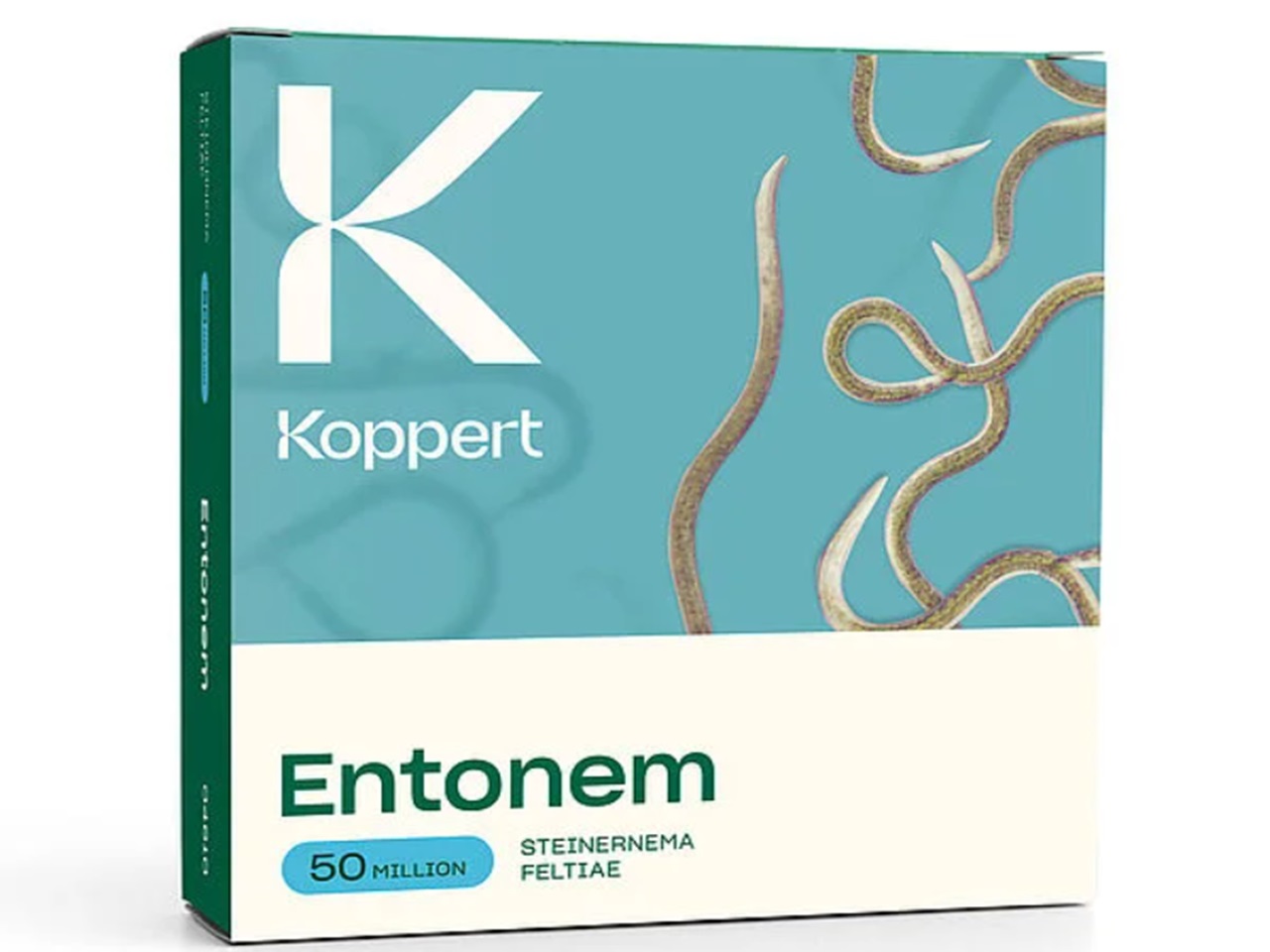Description
What are Nematodes?
Nematodes are microscopic roundworms that can be used as a form of natural, biological control for some common garden 'pests'. They are often used in commercial growing environments to ensure that crops, particularly young seedings, are protected from damage. They can also be used by individual growers to help with a severe infestation or persistent crop damage.
Nematodes are seen as a preferable alternative to pesticides or other forms of chemical pest control. They cause no damage to plants and do not leave chemical residues behind.
Capsanem Beneficial Nematodes (Steinernema carpocapsae)
These nematode species can control a range of soil and foliar pests.
- Caterpillars: Tomato leaf miner moth (Tuta absoluta); European pepper moth (Duponchelia fovealis); Box tree moth (Cydalima perspectalis); Noctuidae: armyworms (Spodoptera spp.); Corn earworm (Helicoverpa spp.); cutworms (Agrotis spp.); Silver-Y moth (Autographa gamma)
- Beetle larvae: Colorado potato beetle (Leptinotarsa decemlineata); Flatheaded root borer (Capnodis tenebrionis)
- Fly larvae: Shore flies (Scatella spp.); Crane flies/leatherjackets (Tipula spp.)
- Bugs: Tomato bug (Nesidiocoris tenuis); Sycamore lace bug (Corythucha ciliata)
Leatherjacket
Capsanem can be used for effective biological control of leatherjackets. These small greyish-brown grubs are the larvae of crane flies (aka daddy longlegs). Although these soil-dwelling larvae contribute to our ecosystem by feeding on decomposing organic matter, a few species are unfortunately known for feeding on plant stems and roots. They can also leave bare or discoloured patches of lawn in their wake.
Damp conditions can favour the survival of eggs and larvae. If you see birds pecking at your lawn, this can point to the presence of leatherjackets. Other signs include damage to plant stems at soil level. They look like small worms and move in a similar manner, although they can be hard to spot above the soil.
Leatherjacket larvae tend to be most active between August and October, so this is the ideal time to apply nematodes.
How It Works
Capsanem nematodes actively seek out hosts, penetrating them and releasing symbiotic bacteria. These bacteria convert the host tissue into a food source, on which nematodes feed, develop, and reproduce inside the host. This kills the host within a few hours to days after infection.
Nematode biological controls should be used in a careful and targeted manner, as they may affect other similar insects in the soil. It won't however affect earthworms, beneficial predatory beetles or non-insect soil fauna. Check for visible proof of the presence of a targeted species before using.
How to Apply Nematodes:
- Apply Capsanem to well-drained, moist soil, with a soil temperature above 14°C.
- Nematodes can be applied using a watering can, sprinkler system or backpack sprayer.
- 50 million nematodes will treat an area up to 100m².
When to Apply:
April/May or August/September
86% Steinernema carpocapsae
14% inert biodegradable carrier.
Nematodes have to be stored in a fridge, a standard household type is fine once temperatures are from 3-6 degrees.
Shelf life (stored in fridge) of up to 12-14 weeks (expiry printed on every pack).
Please allow 6/7 working days for delivery - as these are a live product we only order with the grower once we receive your order. So from ordering to delivery takes 6/7 working days to your door. This is to ensure your Nematodes are as fresh and effective as possible





